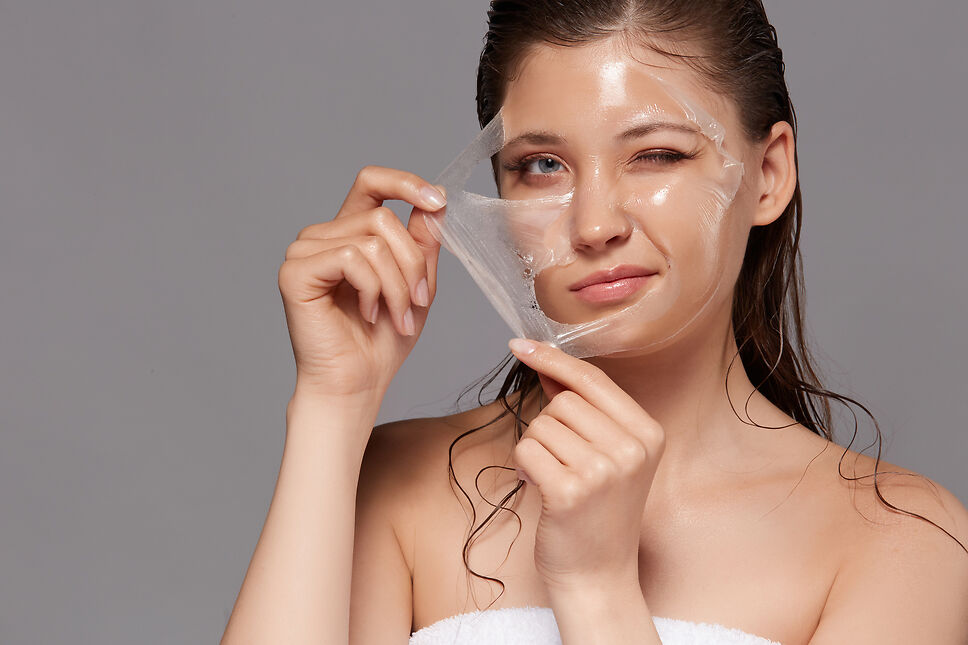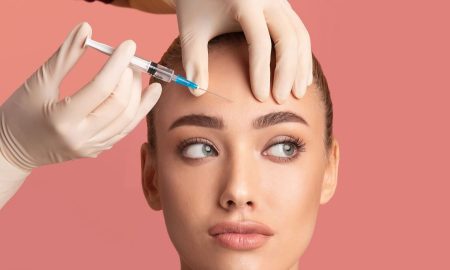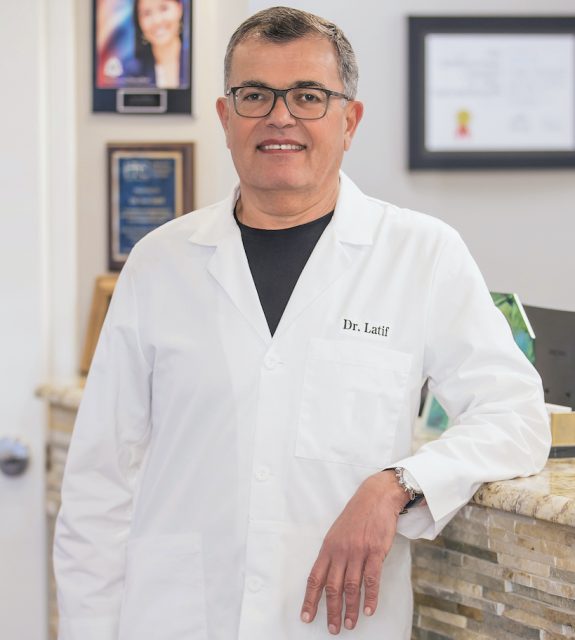Plastic surgery, while often enhancing self-esteem and appearance, comes with inherent safety concerns. We reached out to three leading plastic surgeons at Pure Plastic Surgery—Dr. Garrett Wegerif, Dr. Natalia Vidal, and Dr. S. Alexander Earle—to provide insights into these concerns and how patients can ensure they are in safe hands.
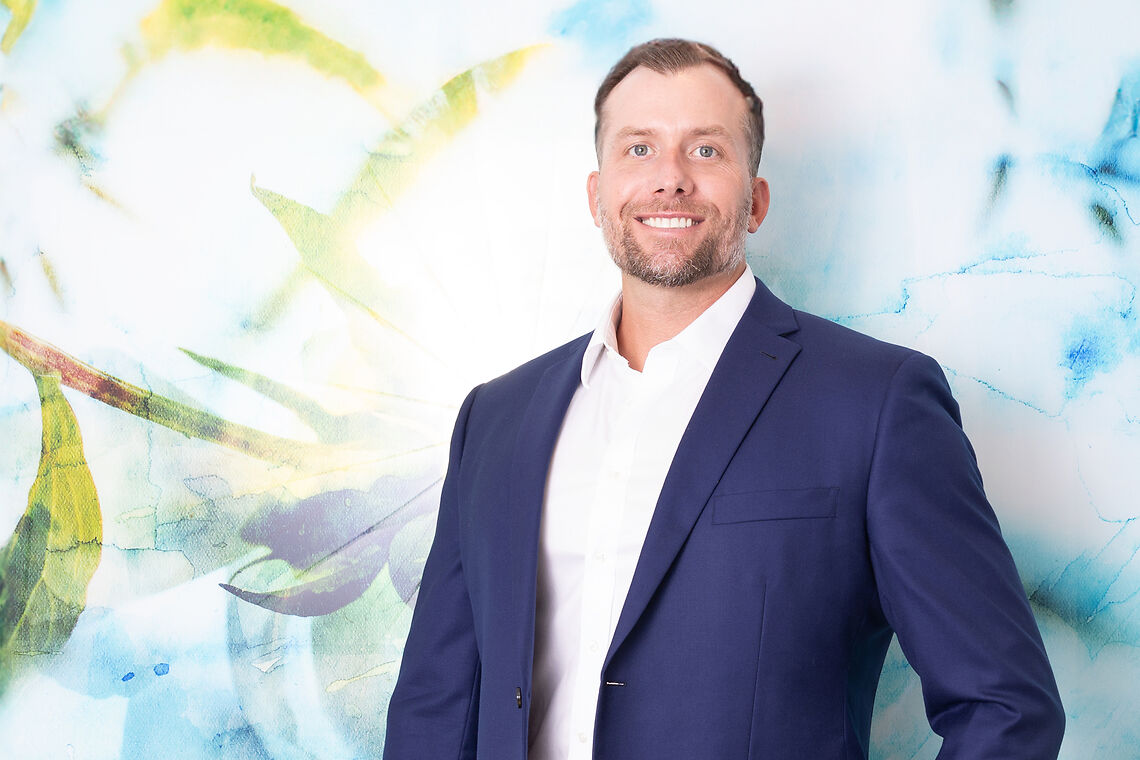 Photo Credit: Courtesy of Pure Plastic Surgery
Photo Credit: Courtesy of Pure Plastic Surgery
General Safety Concerns in Plastic Surgery
Dr. Wegerif emphasizes that plastic surgery, like any surgery, has potential risks. These include infection, bleeding, anesthesia complications, and scarring. He stresses the importance of following pre-and post-operative instructions to minimize these risks.
Dr. Vidal elaborates that safety concerns can vary significantly between procedures. Invasive surgeries, such as tummy tucks or breast augmentations, generally carry higher risks of infection and longer recovery times. Conversely, non-invasive treatments like Botox or fillers have minimal risks and shorter recovery periods. Each procedure requires specific precautions and aftercare to ensure optimal safety and outcomes.
Choosing a Safe Plastic Surgeon
Dr. Vidal advises patients to consider three critical factors when selecting a plastic surgeon: education and certification, the operating facility, and the surgeon’s experience and record.
- Education and Certification: Ensure the surgeon’s education is from accredited institutions (LCME for medical school, ACGME for residency). Board certification by the American Board of Plastic Surgery is crucial as it ensures the surgeon meets the highest standards of patient safety and ethical practices.
- Facility Accreditation: The facility should adhere to the highest standards of sterilization and patient outcomes. Different certifications apply depending on the level of care provided.
- Experience and Reviews: The surgeon should have substantial experience in the procedure they offer, with accessible before/after pictures and patient reviews. A personal connection and trust with the surgeon are also essential for a confident and smooth process.
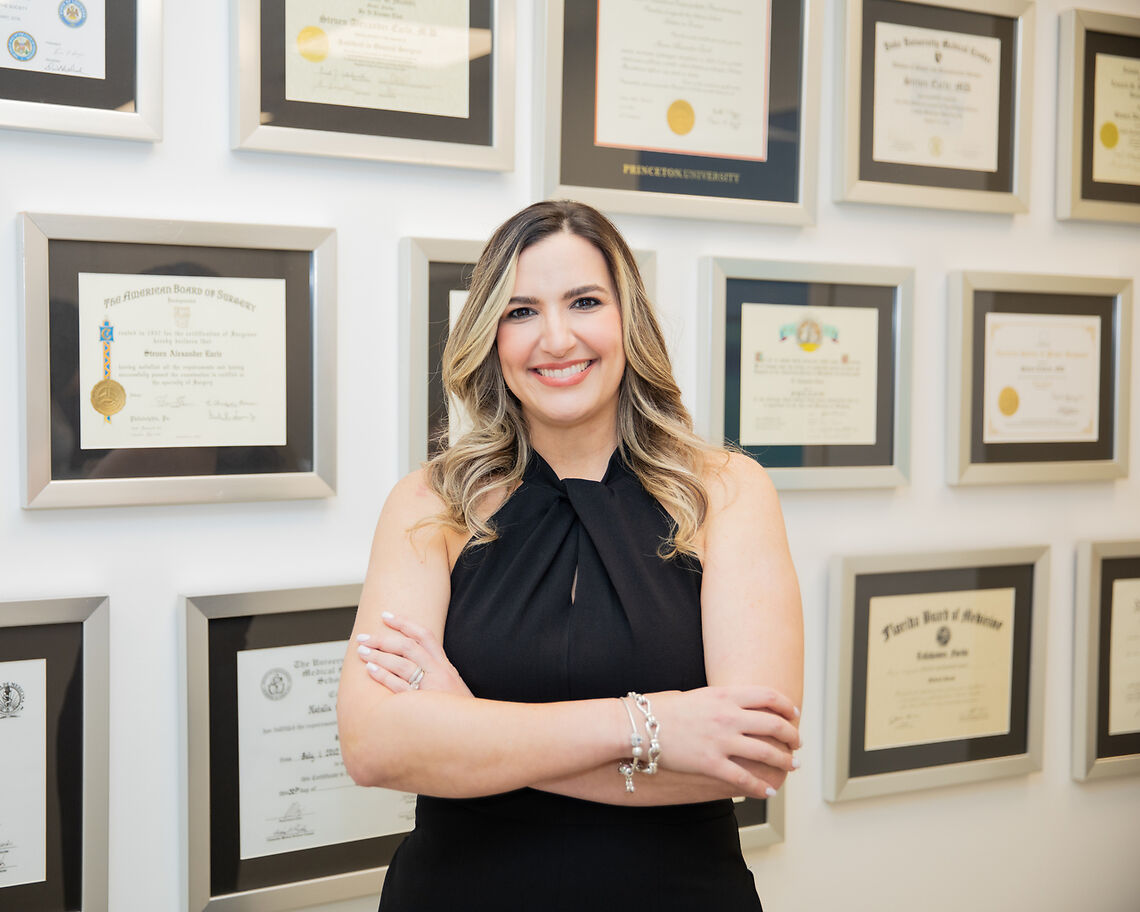 Photo Credit: Courtesy of Pure Plastic Surgery
Photo Credit: Courtesy of Pure Plastic Surgery
Educating Patients About Risks and Benefits
Dr. Vidal encourages patients to seek information from reputable national and international societies such as the American Society of Plastic Surgeons (ASPS), the American Society of Aesthetic Plastic Surgery (ASAPS), and the International Society of Aesthetic Plastic Surgery (ISAPS). These organizations provide unbiased, evidence-based, and safe information about each procedure and recovery. Following the specific instructions of their chosen surgeon is also vital for a successful outcome.
Understanding the Safety of the Brazilian Butt Lift (BBL)
Dr. Earle sheds light on why the Brazilian Butt Lift (BBL) is often considered a high-risk procedure. Before 2019, the BBL had the highest mortality rate of any cosmetic procedure due to the risk of fat embolism. This risk arose when fat was injected into the gluteal muscle, potentially entering large blood vessels and traveling to the lungs.
However, advancements have significantly improved the safety profile of BBLs. Dr. Earle now uses ultrasound imaging technology to ensure that fat is placed strictly in the subcutaneous space between the skin and muscle, avoiding the dangerous gluteal muscle. He has performed over 2000 ultrasound-guided BBLs since 2019 with no incidence of fat embolism.
 Photo Credit: Courtesy of Pure Plastic Surgery
Photo Credit: Courtesy of Pure Plastic Surgery
Evolution of BBL Safety Perception
Dr. Earle explains that BBLs, when performed by experienced surgeons using ultrasound guidance, are now very safe. The current safety profile of BBLs even has a lower mortality rate than some common cosmetic procedures like tummy tucks. However, this safety is contingent on the surgeon’s expertise and the use of ultrasound guidance. This technique is now considered the standard of care and is legally mandated in states like Florida and New York. Patients should seek surgeons certified by the World Association of Gluteal Surgeons for the safest BBL experience.
Safety in plastic surgery is paramount. By choosing board-certified and experienced surgeons, educating themselves through reputable sources, and following pre-and post-operative care instructions, patients can significantly reduce the risks associated with plastic surgery. Procedures like the BBL have evolved to become safer with technological advancements and proper training. Ultimately, ensuring safety in plastic surgery lies in informed decision-making and meticulous surgeon selection.
For more information, visit Dr. Brian A. Levine's social media:





